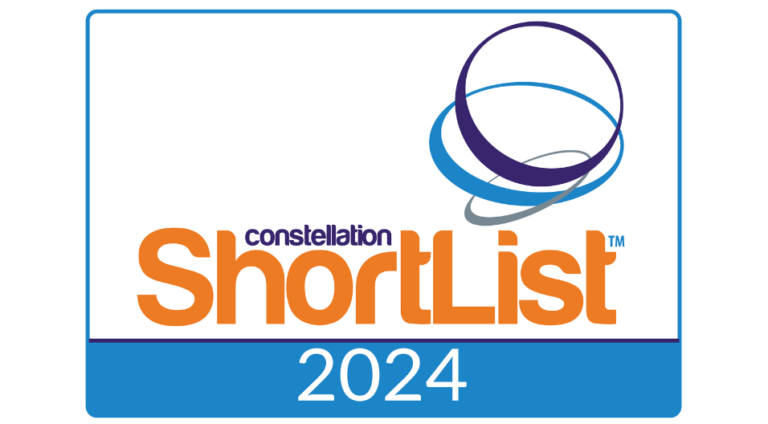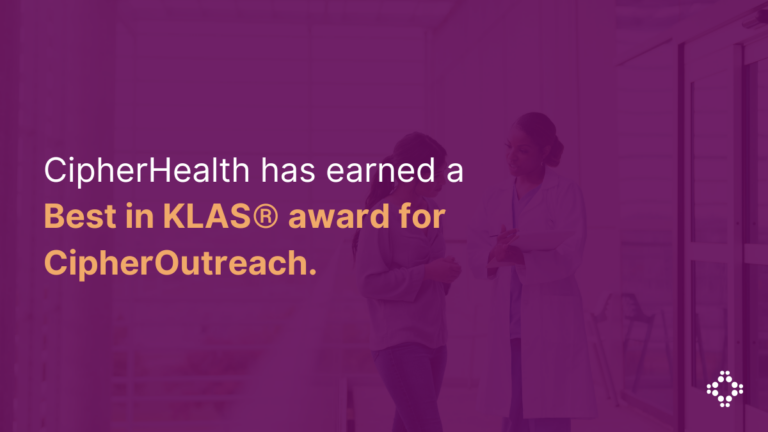by James Rachlin
As a patient engagement product director, there’s nothing that I love to hear more from customers than they live and breathe in the systems we’ve created. We’ve thought long and hard about UI; about the rich dashboards we build; about new ways to expand functionality within the parameters of our applications and programs.
But there’s a hard truth that I—and the healthtech community at large—need to learn, or have already:
Most of the people who use our software aren’t focused on actually using our software.
I don’t mean that no one is thinking about patient engagement, of course. On the contrary, patient engagement is becoming a c-level imperative at healthcare systems across the country. And that’s happening for good reason. Effective engagement has emerged as a leading tool on two fronts:
– Counteracting the labor crisis in healthcare by improving job satisfaction through the streamlining of intensive manual outreach and rounding
– Helping healthcare leaders create new dynamic experiences for patients and competing in an industry increasingly defined by consumerism
But on the healthcare front lines, everyday users of engagement products are focused on performing extremely demanding jobs in the most efficient way possible while doing right by every patient that comes through the door. That means that the tech center of their daily universe isn’t patient engagement, but rather the program they use most in their daily duties: The EHR.
And that means that patient engagement solutions, while still critically important, can’t distract from patient care or complicate workflows. Interoperability is paramount, and patient engagement should in essence become as visible or invisible as each user wants it to be.
The Electronic Health Record, or EHR, is almost universally treated as the single—or at least most important—source of truth for healthcare systems. And while it’s a central hub for clinical patient records, non-clinical—but still contextually important—data must be pulled in from elsewhere.
A proliferation of point solutions add value in terms of data collection, but many are tacked onto IT architectures and siloed, resulting in data gaps or cumbersome manual data processing and integration, preventing timely and nuanced data analysis.
Where does patient engagement fit?
In short, patient engagement should exist wherever a user wants to leverage its functionality, whether that be within a patient engagement software program, or through data-sharing-enabled functionality within the EHR. The future of patient engagement is omni-channel—not only from a patient perspective, but a hospital caregiver perspective as well.
Tight and immediate data integration has become table stakes. The new basis of competition for healthcare IT vendors will come through integration of experience. The modern paradigm in patient engagement allows super users rich functionality within patient engagement apps, but also seamlessly integrates insights in real-time into the EHR.
So what happens when patient engagement data, functionality, and insights are ported into the EHR in near real-time? For starters, providers have single-point access to longitudinal health histories, enabling informed care decisions. Health systems are also empowered, meanwhile, to glean population-level health insights and digest macro trends to improve care and operations. Additionally, providers are better able to:
– Coordinate care: Using an EHR system that’s tightly integrated with patient engagement and other tools like scheduling, data can follow patients across the entire continuum, shared among providers everywhere to enable the best, most-informed care. For example, real-time integration enables use cases like alerting physicians when a patient checks into an emergency room, or seamless care transitions between settings, facilities, and providers.
– Tap into analytics: Whether it takes place inside the EHR or elsewhere, automation and analytics are key to improving operations and care. Data availability—as well as the proper tagging systems and training—is the foundation to enabling the digital transformation needed in healthcare. Through real-time data availability in the EHR, providers can overlay engagement data with clinical data to identify trends and areas for improvement.
– Enhance workflows: If engagement data is mapped directly to the EHR in discrete fields, the cumbersome work of reconciling information across systems is negated. Additionally, functions like intake, post-discharge outreach, and point-of-care surveys can be automated and operationalized directly into the system of record.
– Improve patient experience: Interoperability flows directly into patient experience. When frontline staff have contextual, non-clinical data at their fingertips, they’re better able to understand and adapt to patient preferences and historical data. Simply put, they are able to provide care in a way that shows patients they understand their unique situations and have catered care accordingly.
– Increase staff satisfaction: Providers have the opportunity to resolve a major clinical pain point: by funneling engagement data to the EHR, they can cut down on the endless toggling associated with accessing and inputting data across systems.
– Improve patient outcomes: Real-time data availability simply boils down to faster, better-informed clinical decisions. Actions can be taken before conditions escalate, decisions are made in light of the full clinical and contextual picture, and patient health is improved.
Ultimately, in healthcare as well as everywhere else, true value comes in meeting your customers where they are. And for healthcare providers, that means meeting them in the EHR. It’s an important evolution in the healthcare interoperability revolution—and it’s one that not only better serves the frontline providers accessing the systems, but most importantly the patients themselves, through enhanced experience and better clinical outcomes.
This article originally appeared in HIT Consultant on December 8, 2022.





